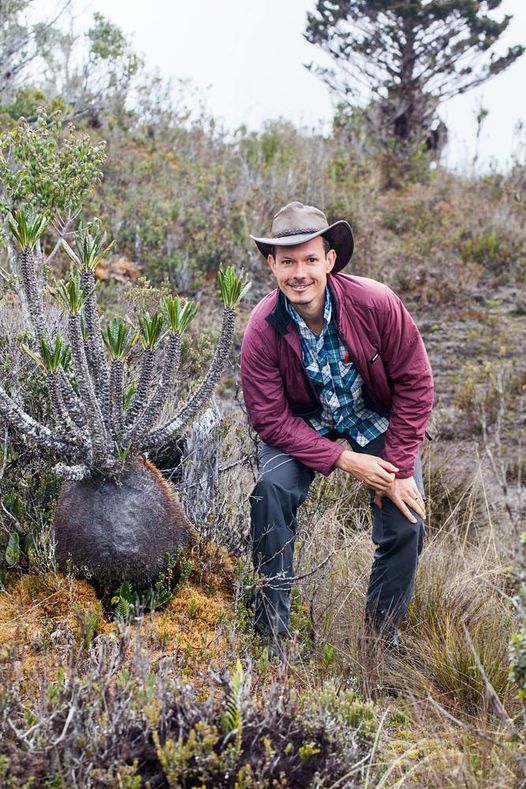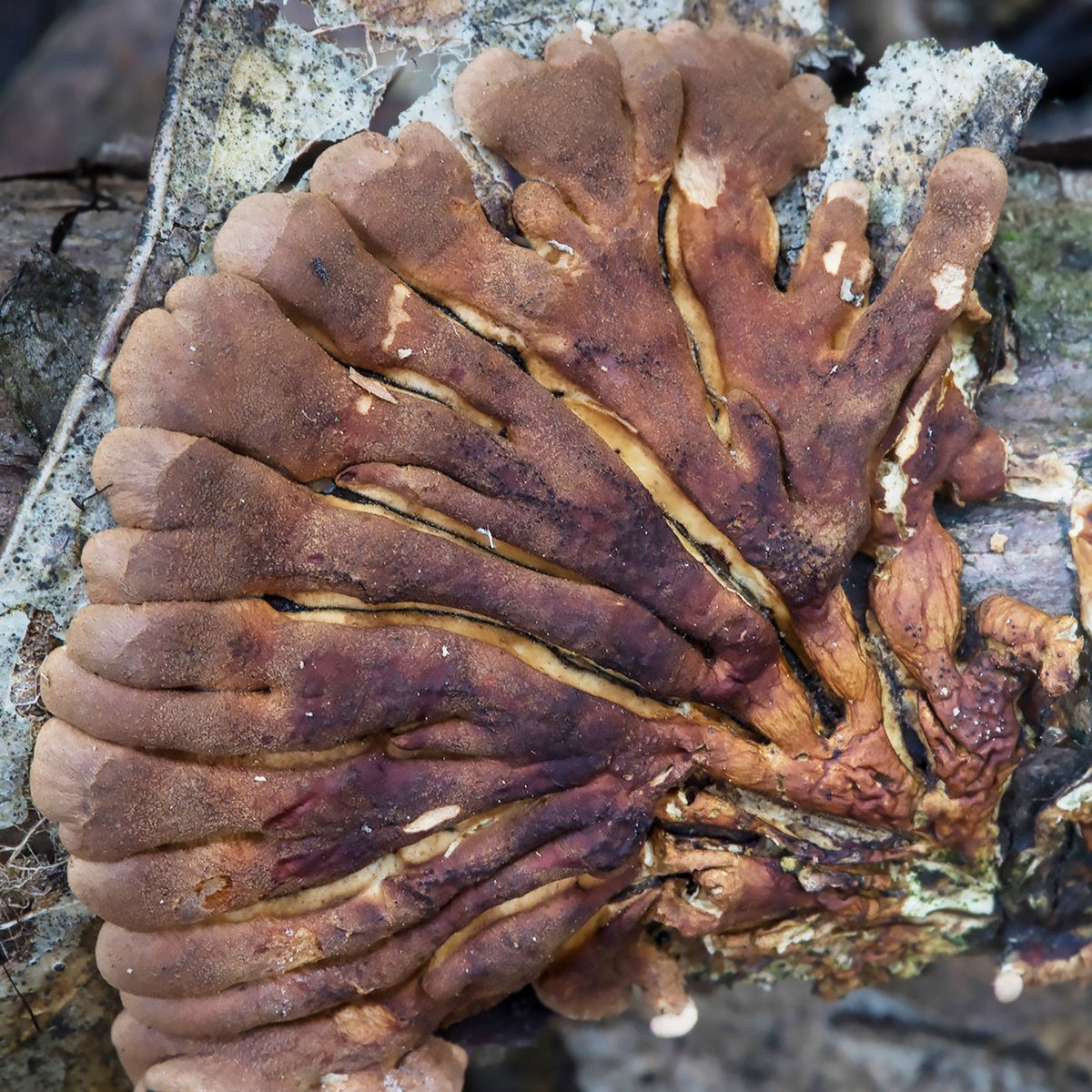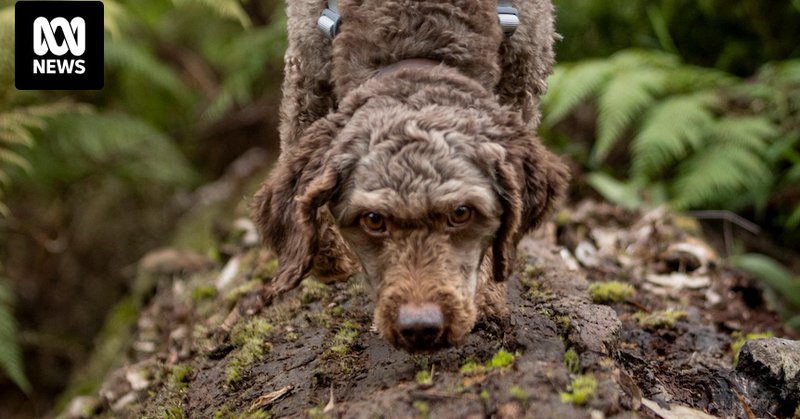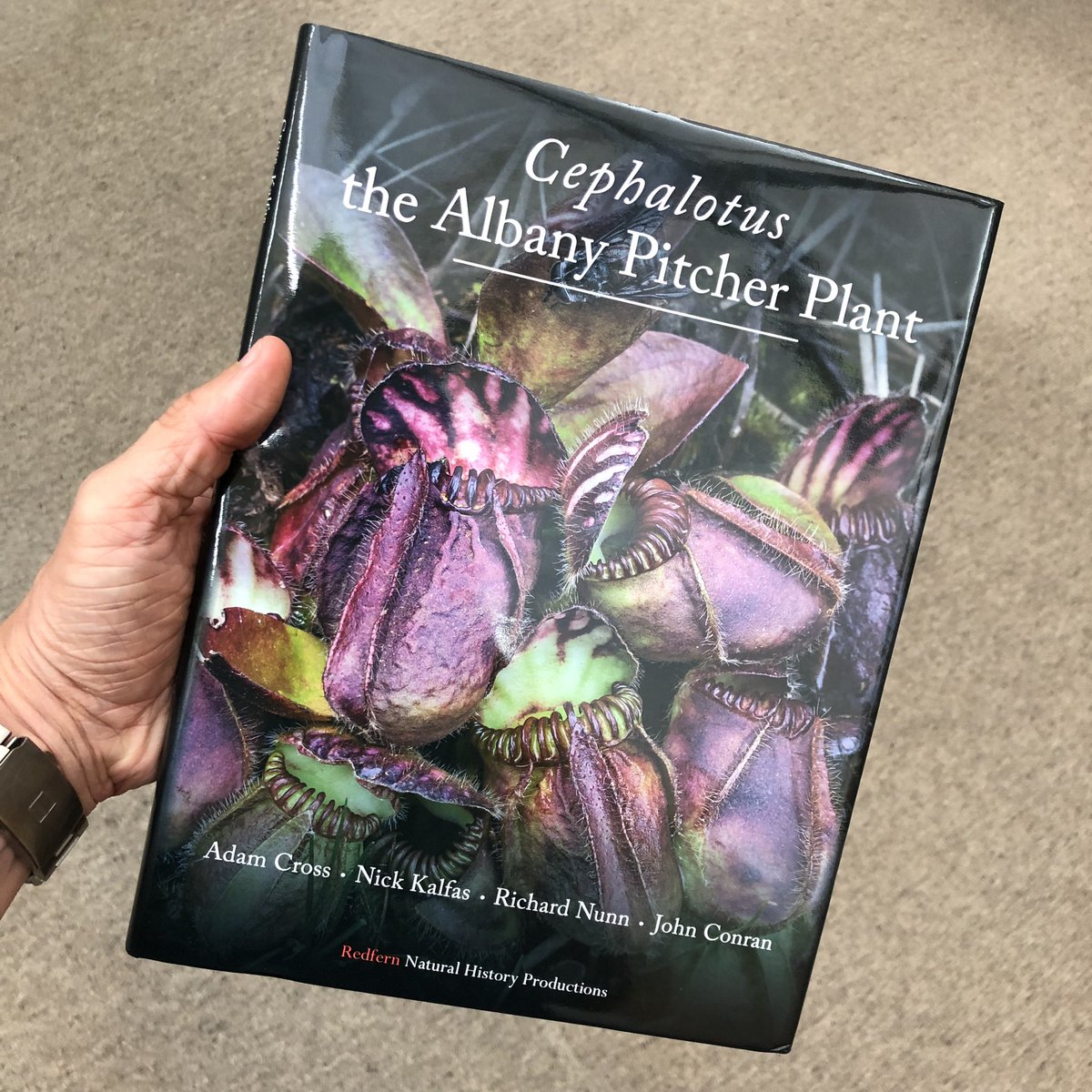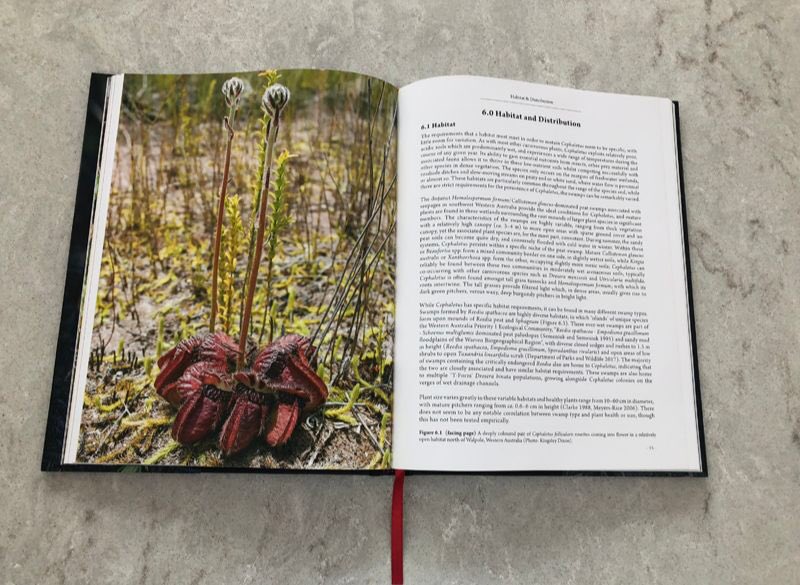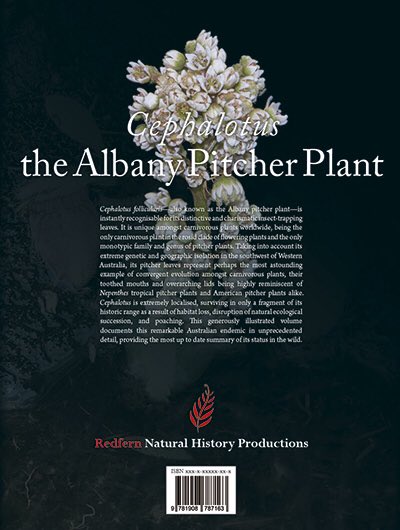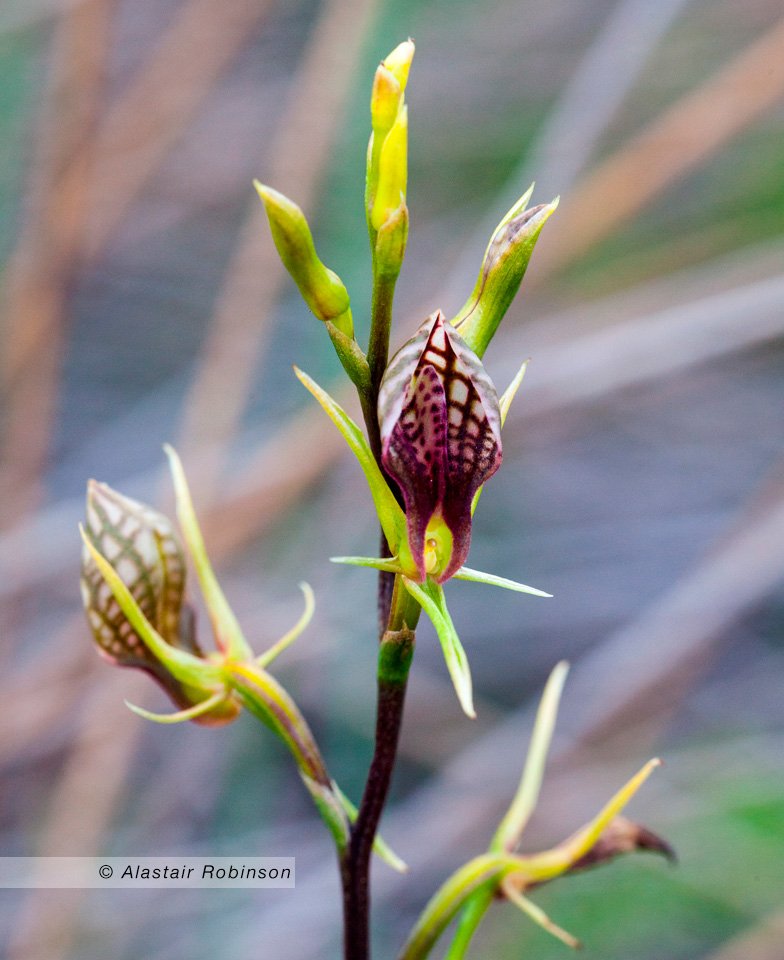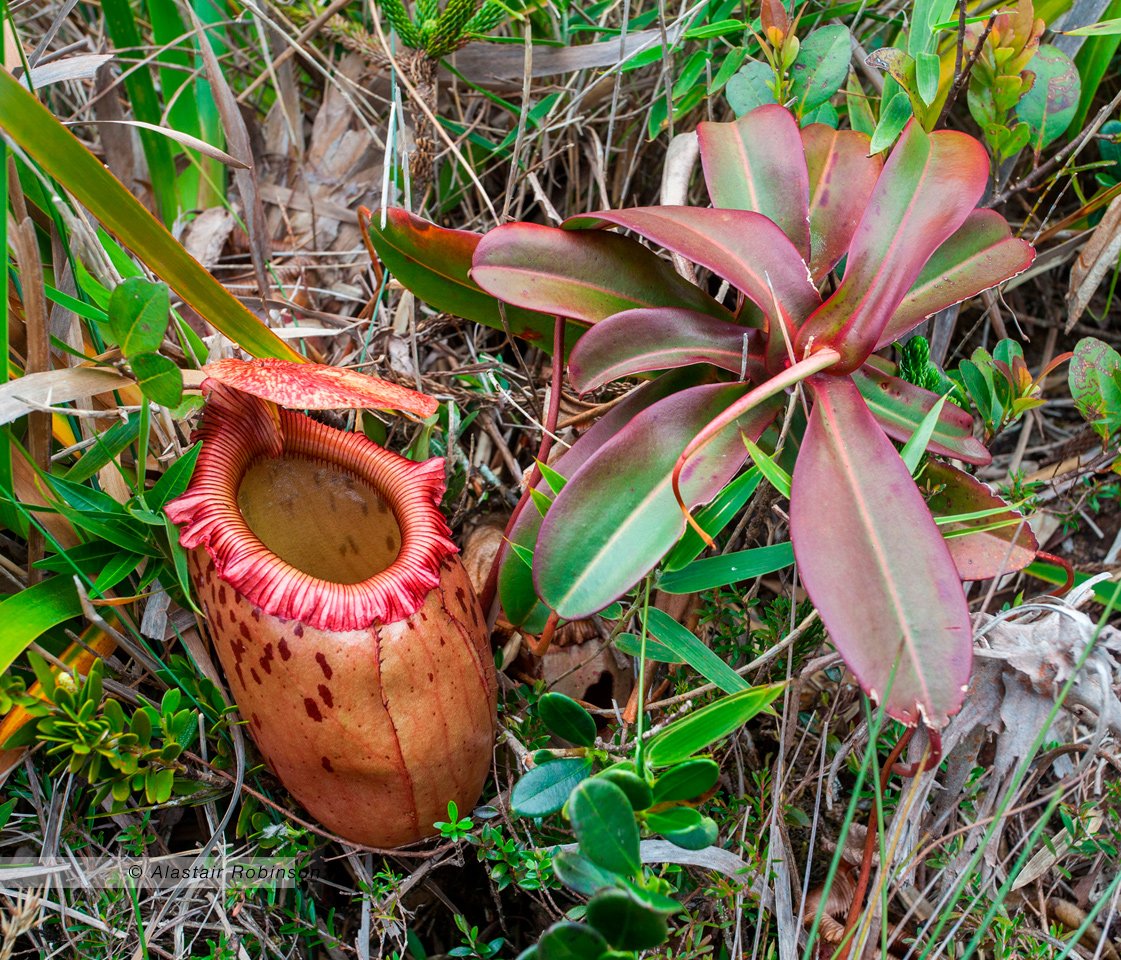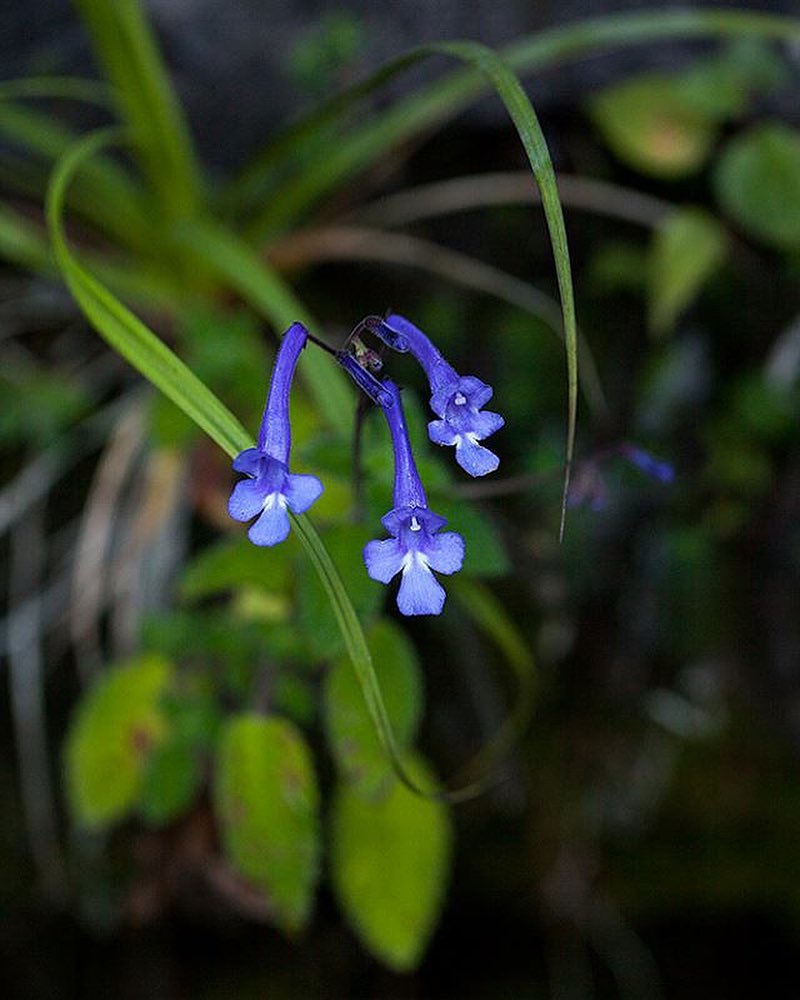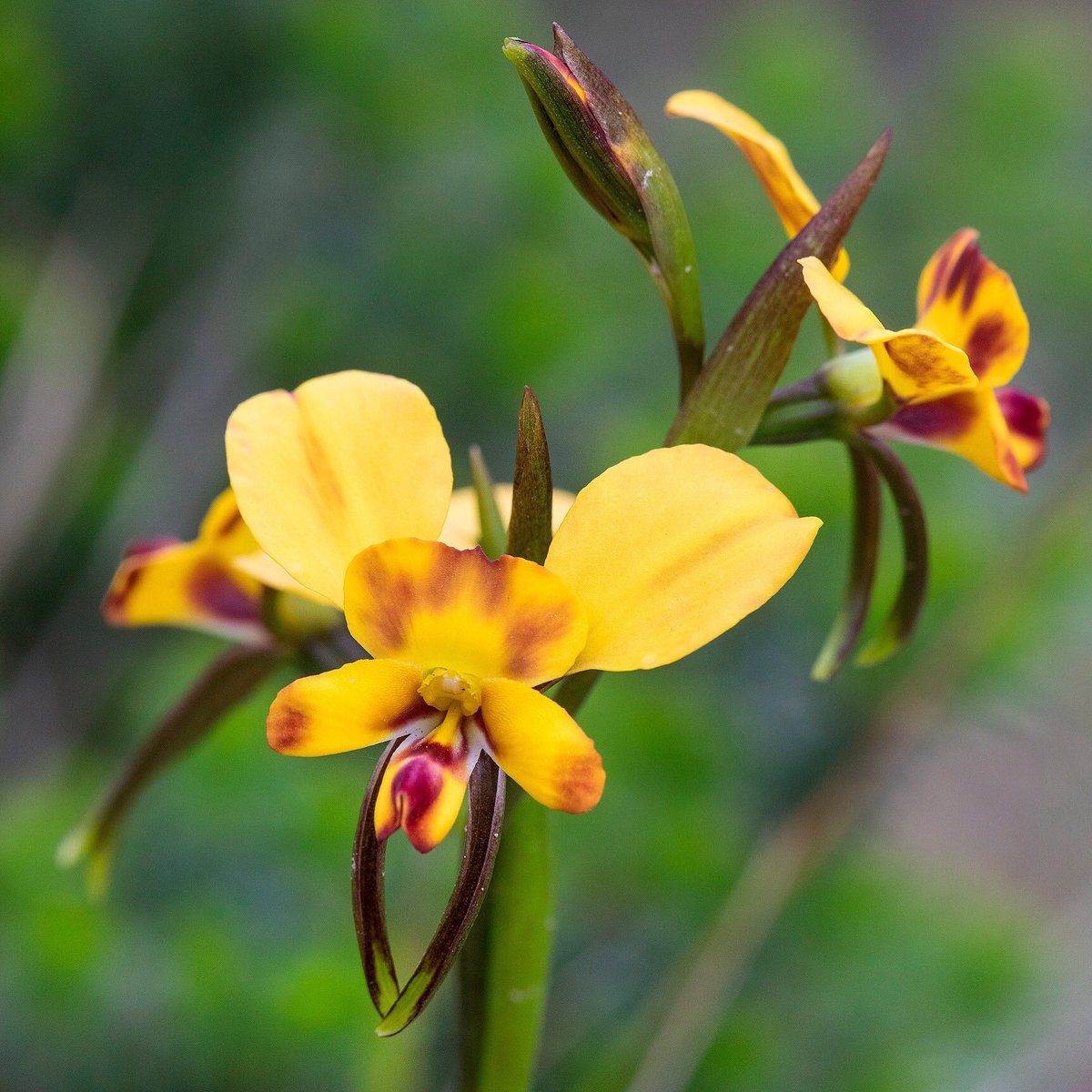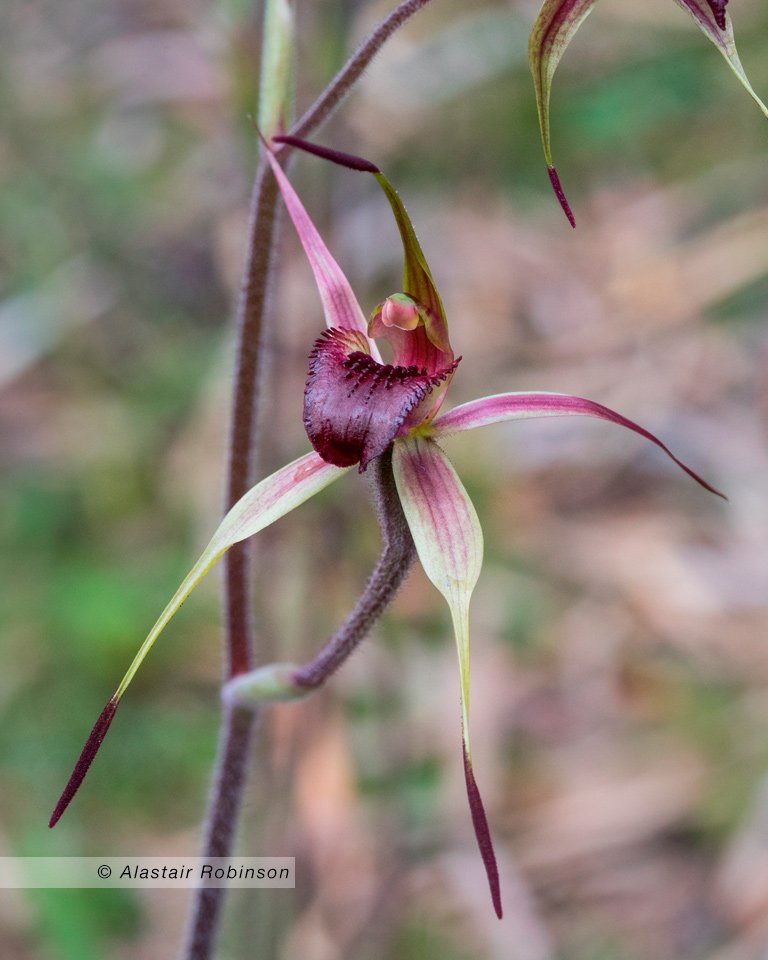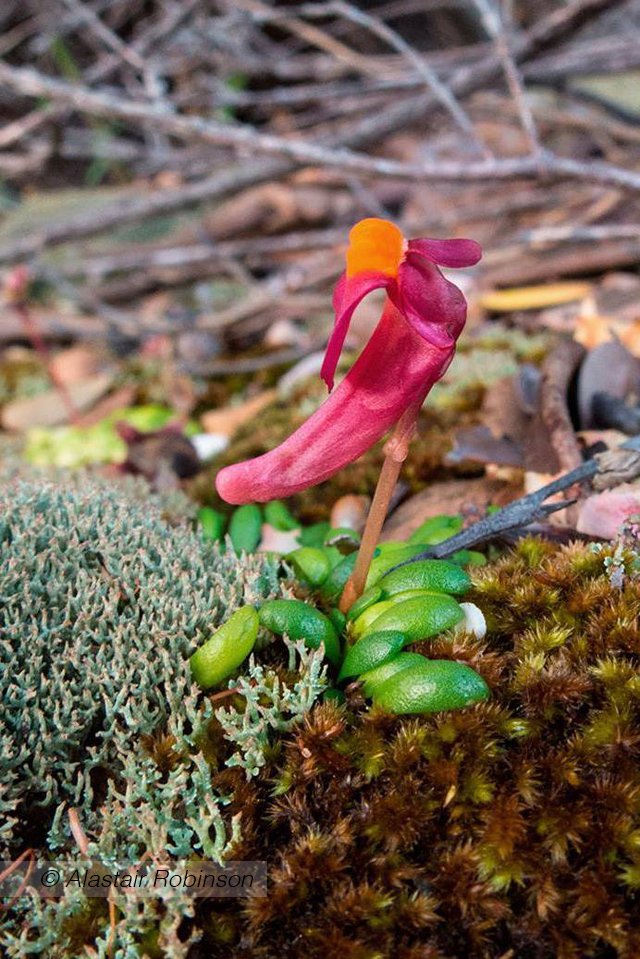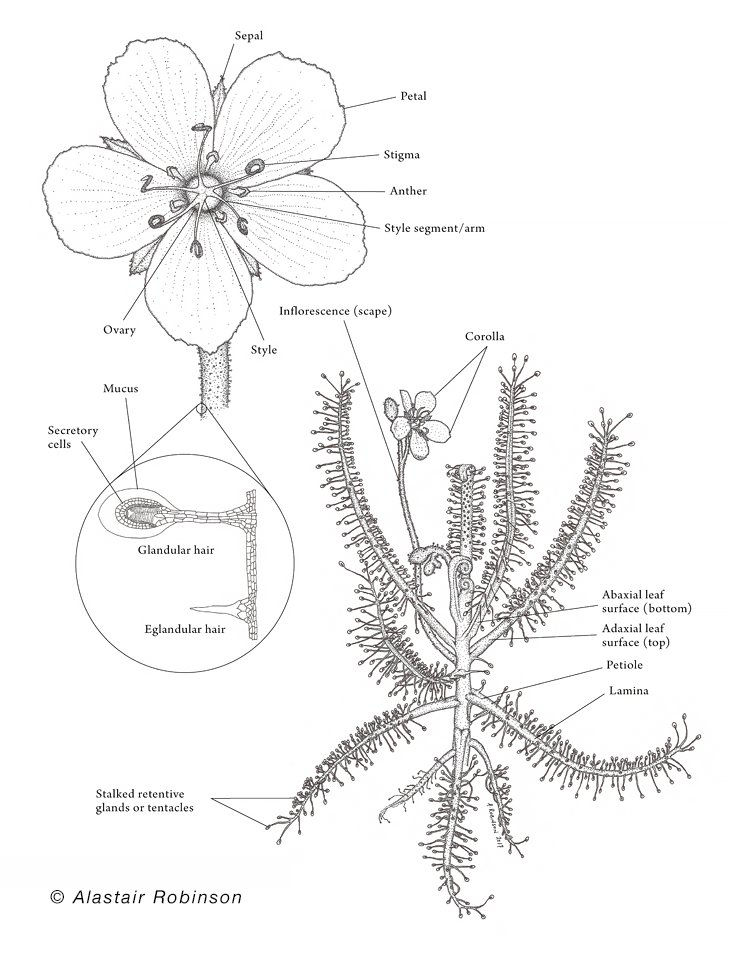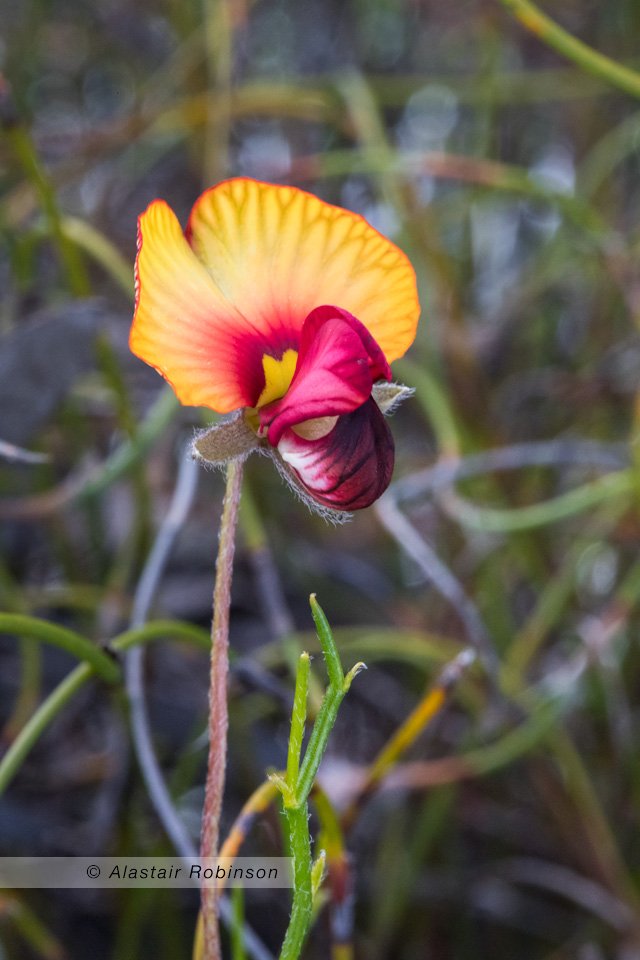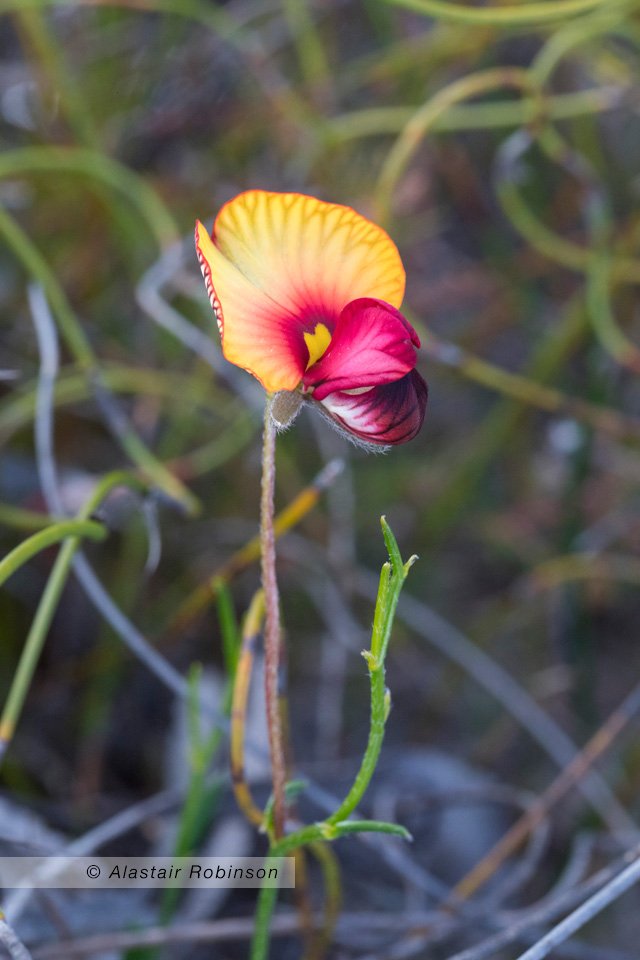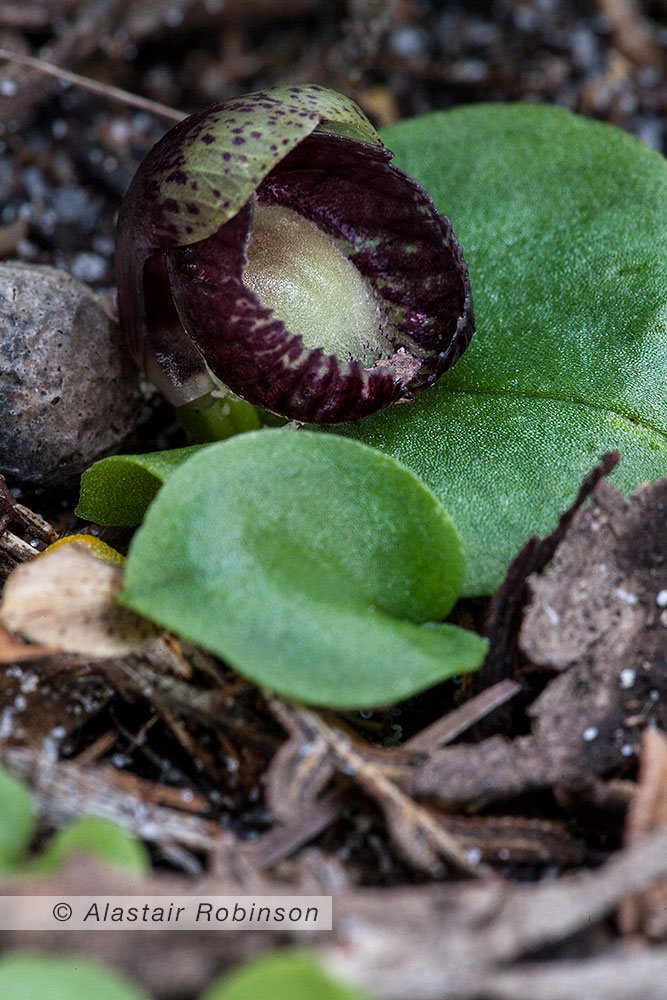
Alastair Robinson
@BotanyDoc
Followers
2K
Following
2K
Media
216
Statuses
710
Botanist @ Royal Botanic Gardens Victoria, ex Kuala Lumpur, London & Cambridge. All images my own & from nature unless indicated. “@botany.doc” on Insta
Melbourne, Australia
Joined August 2009
RT @RBGVScience: @RBG_Victoria scientists with @ParksVictoria, @DEECA_Vic and volunteers have reintroduced 230 CR 𝘊𝘢𝘭𝘢𝘥𝘦𝘯𝘪𝘢 𝘢𝘶𝘥𝘢𝘴𝘪𝘪 into we….
0
3
0
RT @RBGVScience: A collection of 23 watercolours by Elizabeth (Betty) Conabere (1929–2009) in Victoria's precious State Botanical Collectio….
0
2
0
RT @RBGVScience: A collaborative study involving @RBG_Victoria scientists reveals generalist pollinator strategy in critically endangered 𝘗….
0
6
0
RT @RBGVScience: Our scientists are collecting leaf samples of endangered 𝘎𝘳𝘦𝘷𝘪𝘭𝘭𝘦𝘢 𝘱𝘢𝘳𝘷𝘶𝘭𝘢 to ensure our 𝘦𝘹 𝘴𝘪𝘵𝘶 collections represent the….
0
3
0
RT @RBGVScience: This week our Orchid Conservation Project leader Dr Noushka Reiter oversaw reintroductions of Critically Endangered 𝘊𝘢𝘭𝘢𝘥𝘦….
0
2
0
A memorable life goal, meeting the #antplant #Myrmecodia #lamii, 3440 m elev., Lorentz National Park. Hiking up here invariably involves massive headaches, but the flora & wonderful Papuans are a real panacea against pain! #WestPapua, #NewGuinea #royalbotanicgardensvic #botany
0
3
42
Our latest work deals with the use of sniffer-dogs to [successfully] locate one of the world's rarest fungi, 𝘏𝘺𝘱𝘰𝘤𝘳𝘦𝘰𝘱𝘴𝘪𝘴 𝘢𝘮𝘱𝘭𝘦𝘤𝘵𝘦𝘯𝘴! Paper here, plus ABC article on my most recent repost #royalbotanicgardensvic
0
2
7
RT @RBGVScience: After years of training, detection dog Daisy has used her incredible sense of smell to locate one of the rarest fungi in….
abc.net.au
Daisy is thought to be the only dog in the world using her nose to save a critically endangered mushroom.
0
2
0
My last project before joining @RBG_Victoria has printed & shipped—introducing the monograph to Cephalotus, Australia’s most iconic carnivorous plant, a not-for-profit title synthesising all of the most recent research pertaining to this fascinating little plant #ozflora #botany
2
6
47
The terrestrial orchid Cryptostylis carinata was described from New Guinea in 1912 & thought endemic till we discovered a population on Palawan, the Philippines, in 2007. This species relies on pseudocopulation to effect pollination #botany #orchid #philippines #cryptostylis
1
10
43
Nepenthes sibuyanensis is a rare tropical pitcher plant endemic to one mountain in Romblon Province, the Philippines. It grows primarily along open ridges on degraded ultramafic rubble at elevations of 1200–2000 metres #nepenthes #philippines #carnivorousplants #botany #plants
0
21
122
Streptocarpus is a gesneriad genus native to central, eastern and southern Africa, as well as Madagascar and the Comoros. This is Streptocarpus hilsenbergii, inadvertently found growing on a gneissic seepage at a roadside in central Madagascar #botany #madagascar #plants #nature
1
7
48
A bird-pollinated carnivorous plant? Absolutely! Utricularia menziesii is Australia's own bird-pollinated carnivore, with large, pinkish-red flowers attractive to the Western Spinebill (Acanthorhynchus superciliosus) #ozflora #botany #nature #utricularia
0
34
133
It is spring in Victoria, and the orchids of the seasonally arid regions of western Victoria are going off now—this is the bloom of the bow-lipped spider orchid, Caladenia toxochila, mainly known from the Little Desert region near Nhill #botany #ozplants #ozflora #orchidaceae
2
8
55
A labelled pen & ink technical illustration of Drosera indica—a carnivorous sundew—prepared for a botanical publication. Inset is a vascularised glandular hair (adapted from Mauseth, 1988) and a unicellular eglandular hair from a scanning electron micrograph (Wise, 2014) #botany
1
25
96
Primula hirsuta growing beneath a partly frozen waterfall; some of the adjacent plants were encased in ice following an ice storm on the flanks of Monte Legnone, above Pagnona, Provincia di Lecco, Lombardy, Italy #botany #primulaceae
0
10
67

